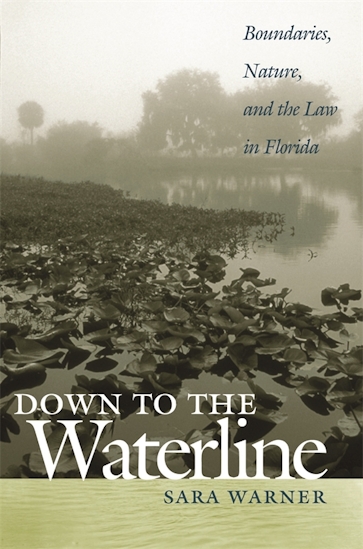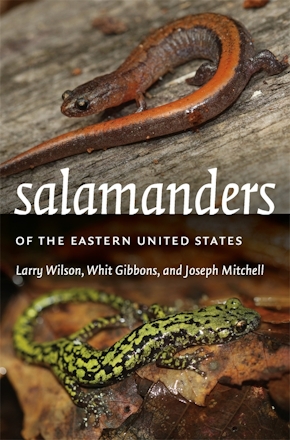Down to the Waterline
Boundaries, Nature, and the Law in Florida
Title Details
Pages: 296
Illustrations: 21 b&w photos
Trim size: 6.000in x 9.000in
Formats
Paperback
Pub Date: 11/01/2007
ISBN: 9-780-8203-3037-2
List Price: $34.95
Down to the Waterline
Boundaries, Nature, and the Law in Florida
Skip to
- Description
- Reviews
In most states the boundary separating public waters from private uplands—the ordinary high water line (OHWL)—is a flashpoint between proponents of either property rights or public-trust protection of our water. Using Florida as a case study, Down to the Waterline is the first book-length analysis of the OHWL doctrine and its legal, technical, and cultural underpinnings. Sara Warner not only covers the historical function of the OHWL but tells how advances in science and our environmental attitudes have led us to a more complex encounter with this ancient boundary.
Florida sees a steady influx of new residents who crowd along its extensive coasts and interior shorelines—yet who also demand pristine water resources. The OHWL establishes public access and private ownership limits on some of the state’s most valuable land: in economic terms, waterfront real estate; in ecological terms, marshes and wetlands. Sara Warner brings to life many of the courtroom battles fought over the OHWL through the perspectives of ranchers, outdoors enthusiasts, developers, surveyors, scientists, and policymakers.
While explaining the OHWL’s legal and political intricacies, Warner never loses sight of the wonder of herons wading a marsh or a largemouth bass breaking a smooth lake surface. To her the OHWL is not just an ideological battleground; it is a marker of how we see the natural world. What do we think we’re doing when we channel a river or fill a swamp? she asks—for it matters greatly where we focus our attention before invoking the awesome capabilities of technology.
Down to the Waterline contains a tapestry of several beautiful interwoven themes: that nature must be reckoned with when determining waterfront property lines; that we seldom if ever fully anticipate the repercussions of our technological achievements; that societal progress means more than bettering the human community—we now realize the whole biocommunity must be bettered; that often the natural world is far more beneficial to human society when left in its natural state. Applying these themes to the history of Florida's public/private property battles creates a fascinating tale.
—David C. Slade, Esq., editor of Putting the Public Trust Doctrine to Work
Warner’s book should be of interest and useful to anyone who cares about the freedom to enjoy the outdoors on inland water bodies in Florida.
—Lakeland Ledger



